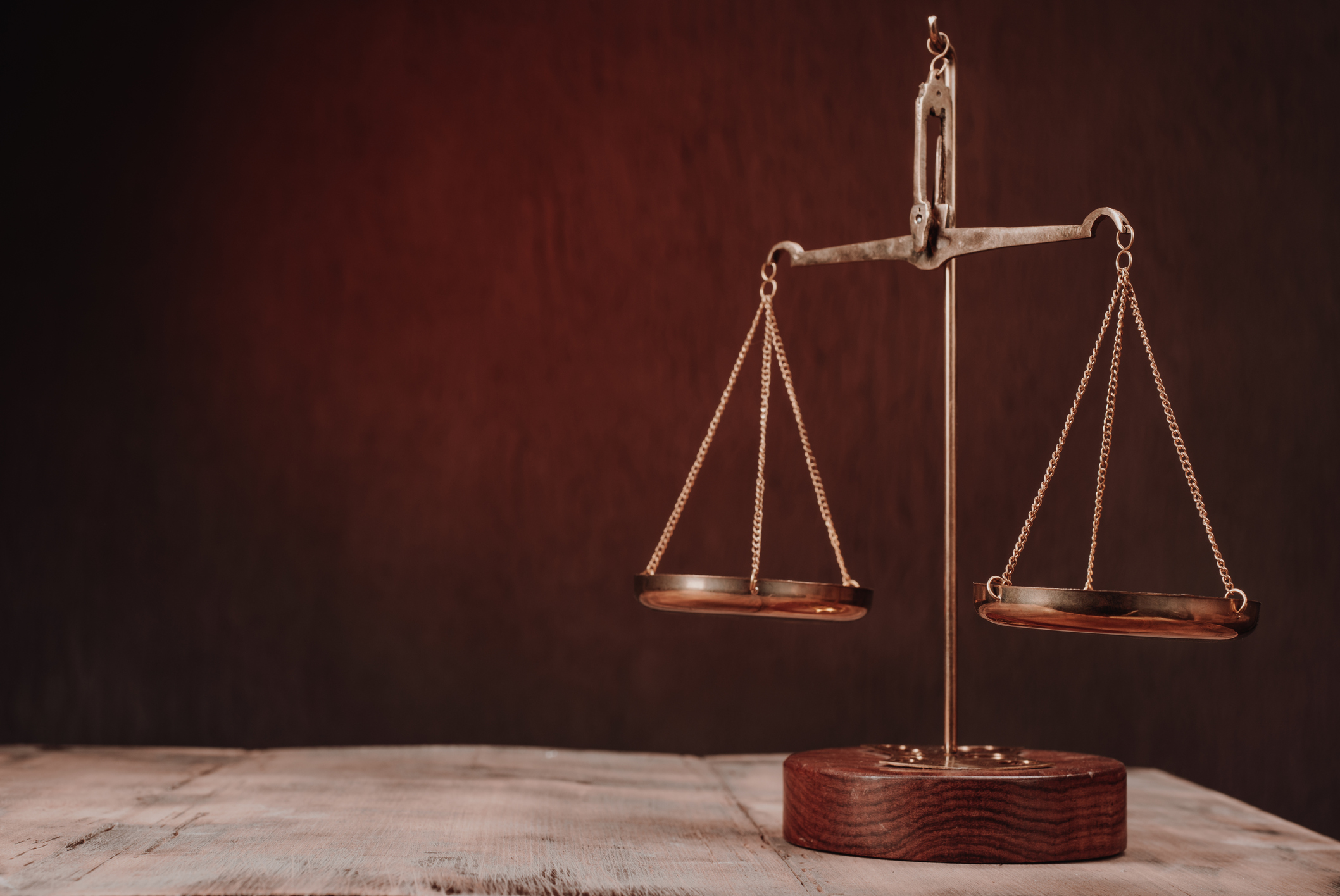Due to the unique complexities of every auto accident, personal injury cases will occasionally not have a single individual who is fully at fault for the crash. In fact, a victim may actually be partially at fault for the accident in which they were injured.
In fact, a victim may actually be partially at fault for the accident in which they were injured.
For example, in Rice v. Christiana, the injured party was hit by a car one evening when he was crossing an eight-lane highway. He claimed that the defendant was more responsible for the accident because she was not using her headlights and that he was reasonable in how he crossed the highway. However, the court ruled that he was more at fault for the accident, and denied him the compensation he sought for his injury even though the driver was also at fault to some extent.
Centuries ago, compensation would have been completely denied on the basis that, if the injured party was partly responsible for the accident in any way, then they were responsible for the consequences of the accident. This was the principle of contributory negligence, inherited from English common law, and it often resulted in harsh judgments for victims of personal injury even if their mistake was simple human error rather than negligence or gross misconduct.
Thankfully, most American jurisdictions, including New Jersey, have moved away from the principle of contributory negligence in favor of the fairer pure comparative fault model. Also known as comparative negligence, this model has third party arbitrators, such as a judge and jury, examine a case’s facts and determine proportional liability from them. Once liability is determined, the court will award compensation based upon the total cost of damages minus the victim’s proportional liability for the accident. So, for instance, if an accident victim’s award is $100,000, but the victim is determined to be 30% at fault, the amount will be reduced to 70%, or $70,000.
Of course, not every state follows a pure comparative fault model as described above, and New Jersey is one such state. The state government recognized that there are cases where a person overwhelmingly responsible for an accident may still seek damages under a pure comparative fault model, and cases like these were becoming a drain on both private finances and court resources. To avoid this, New Jersey decided to place a cap upon who would be able to seek damages under the comparative fault model.
New Jersey’s Modified Comparative Fault
To satisfy its needs, New Jersey uses what is known as a modified comparative fault model. Under NJ Rev Stat § 2A:15-5.1, this form of comparative fault acts as a middle ground between contributory fault (if a victim is at all responsible for their injury, they can’t receive damages) and pure comparative fault (a victim and defendant’s actions will be compared to determine proportional fault, and damages will be rewarded based on that fault). The parties involved are restricted from receiving damages if they are found to possess a greater degree of liability than the defendant that they seek compensation from.
In a case with only two parties, this means that carrying more than 50% of the blame for an accident will prevent you from recovering any damages through litigation.
Of course, this is subject to the consideration of the court as stated in NJ Rev Stat § 2A:15-5.2, and your attorney will need to make a strong case for you in cases where you are partially responsible for an accident. Otherwise, you may end up unable to recover damages or, worse, being held responsible for the other party’s costs.
NJ Rev Stat § 2A:15-5.3 sets particular guidelines for how compensation will be determined in cases with multiple liable parties. First, if any party is determined to be 60% or more at fault for an accident, any injured party may recover full damages from them. Second, if any party is determined to hold less than 60% of the liability for a case, then any injured party may recover damage only proportional to the liability of the sued party. Of course, one’s own liability will be subtracted from the maximum compensation received.
Let’s consider another car accident, this time with you speeding, another driver who ignored a red light when you hit them, and a third driver who was texting and rear-ended you. You sue the other drivers for $100,000 to cover your injuries, and the court finds that the red light driver is 60% responsible, that the texting driver is 30% responsible, and that you are 10% responsible. In this case, you would only be able to recover $30,000 from the texting driver. But, you could pursue the driver who ran a red light for the remaining $70,000, reduced by 10% to $60,000 to cover your own blame.
This example shows that personal injury lawsuits can become complicated by having three or more parties deemed liable for an accident. Blazovic v. Andrich is an important case for this reason, as the court found that the Comparative Negligence Act required the court to divide blame among all parties involved in an accident, rather than only the plaintiff and a single co-defendant who refused to settle alongside other at-fault parties. This means that in cases with multiple at-fault parties, even if you settle with every party except for the one you sue, the court would have to consider the liability of all co-defendants rather than treating the case as though it were only you and the single party who refused to settle.
Regardless of the circumstances or number of at-fault parties being sued, you should not approach a personal injury case without professional legal advice and advocacy. After an accident, you should speak with an attorney to ensure that your legal rights and obligations are respected and compensated.

Case Study: $4.4 million
What makes this case unique: Unusual circumstance of the meeting, strong determination of the victim’s wife, strategic purchase of annuities provided the victim’s family far more than the initial settlement.
Frequently Asked Questions
Yes. Almost any case that results in personal injury or property damage in New Jersey will have modified comparative fault as a consideration. This can be anything from a dog bite caused by aggressive or improper treatment of another’s dog to a workplace injury caused both by management’s improper behavior and a worker’s own mistakes.
Exceptions do exist as stated in NJ Rev Stat § 2A:15-5.4. These exceptions are focused around the Department of Environmental Protection and environmental protection laws, which limits or bans enforcement of liability in these rare cases. If you are ever a victim of personal injury or property damage as a result of the Department’s actions, you will need to speak with a legal professional who is an expert in cases involving the Department.
Multi-vehicle accidents often have multiple liable parties involved. It is often too difficult for a single injured person to collect insurance information and police reports for these cases let alone negotiate with multiple at-fault parties. As such, you should seek out legal counsel that will be able to collect this information for you and act as your legal representative during negotiations and court appearances.
Yes. Contributory negligence began as a gatekeeper defense, and both pure and modified comparative fault still act as a form of limited legal defense for liable parties. An experienced personal injury attorney will be able to acquire police reports and eyewitness testimony to negate this defense. Still, it is possible that you will be found partially liable for an accident and have your compensation for injuries reduced as a result. Here, again, an attorney can fight to minimize the proportion of liability assigned to you.
If you or a loved one have been injured in an accident, contact Rosenblum Law for a free, no-obligation consultation today. Our experienced personal injury attorneys can analyze the situation and negotiate the best possible settlement for you. Call 888-815-3649 or email us today.


